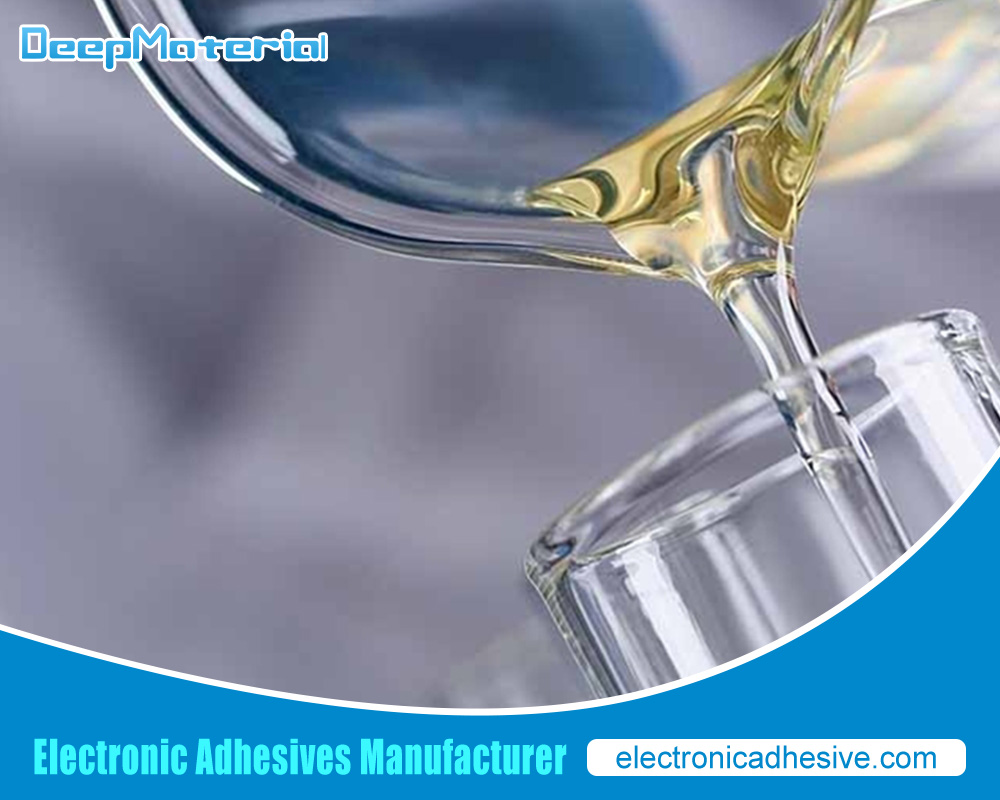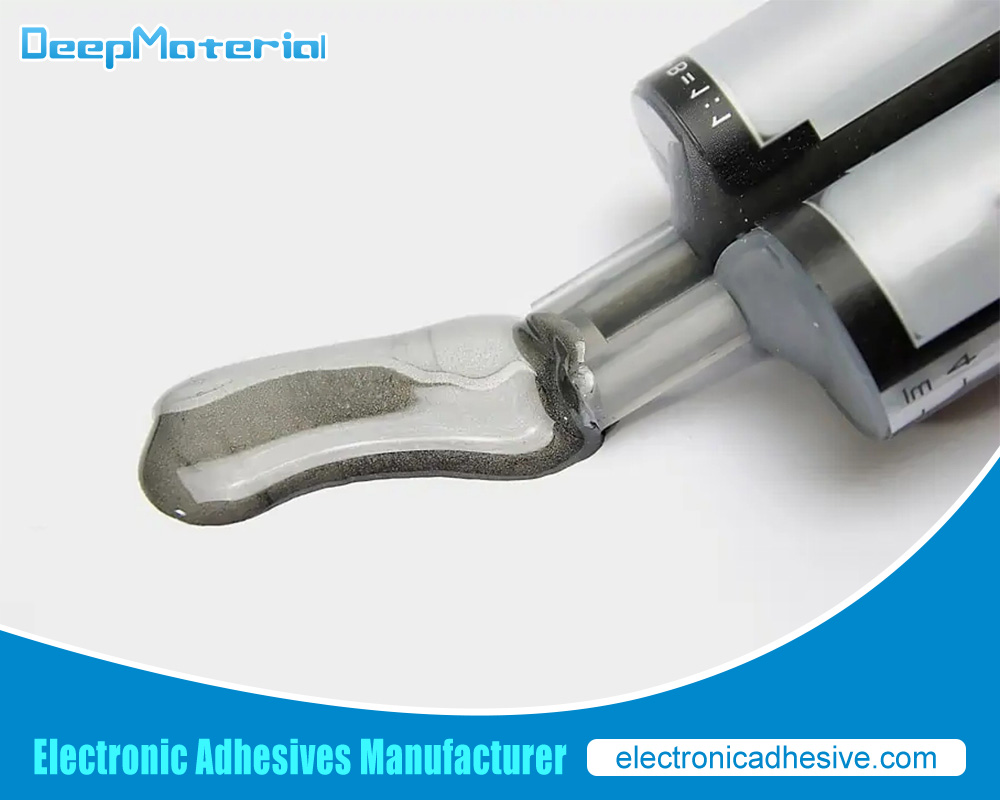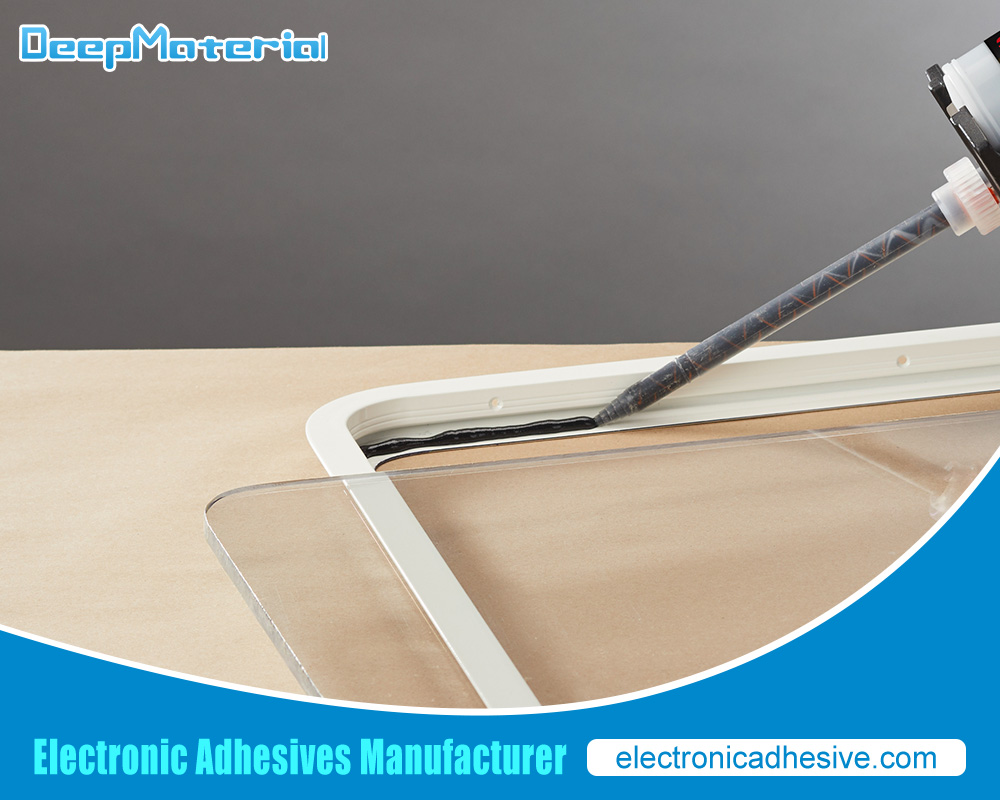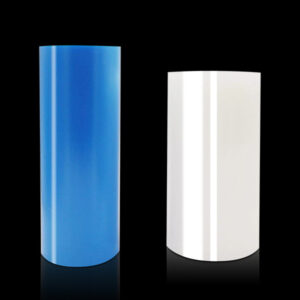Can I Use PCB Potting Compound on Already-Assembled Circuit Boards?
Can I Use PCB Potting Compound on Already-Assembled Circuit Boards?
Let’s talk potting compounds – are they an option for safeguarding your already-assembled electric boards? If you’re considering a PCB potting compound, the answer isn’t a straightforward yes or no; there’s more nuance than that.
Before we delve into the potential pros and cons associated with using PCB protection after assembly, let us first explore why potting compounds were initially created in the first place: insulation from electrical current surges, waterproofing for vulnerable components, and strength reinforcement throughout extreme conditions.
Now armed with this knowledge, let us decide whether opting for PCB post-assembly is worth your time.

What is potting, and why is it used on PCBs?
Potting is essential in electronics manufacturing to protect PCBs from corrosion, short circuits, vibration, and other environmental damage. It may fill the gaps between components with a protective barrier. Still, potting is about more than that – using this process can significantly bolster electronic devices’ reliability and durability.
Not only does this shield them from moisture and dust particles, but it also prevents leakage current, which could cause electrical shorts, among other issues. So, potting plays an undeniably vital role when it comes to ensuring your gadgets remain on the go for as long as possible.
Advantages of using PCB potting compound
Protection against environmental factors
Potting compound offers a powerful protective shield for PCBs, shielding delicate electronic components from moisture, dust, chemicals and more. This barrier keeps corrosive agents away and decreases the odds of short circuits or other damage to parts – talk about total security! When you think about it, a potting compound is one of the most efficient guards against harm money can buy.
Improved mechanical stability
Potting compound does more than hold everything together on a PCB – adding an extra cushioning layer. Keeping the components in place and reducing vibrations also absorbs the impact of any unexpected shakes, helping prevent parts from falling out or breaking due to mechanical stress. In other words, the potting compound creates a shock absorber for your electronics.
Enhanced electrical insulation
The potting compound does more than electrical insulation of the board – it helps keep your components safe by ensuring stray currents don’t cause shorts or blown circuits. Not only that, but it also acts as a coolant, dissipating any heat produced and preventing overheating before it even starts. That’s why you can consider this a lifesaver when managing thermal conditions.
Increased lifespan of the circuit board
Potting compound provides an extra layer of armor to circuit boards, fending off environmental stressors, bettering stability and strengthening insulation. This breath of fresh air helps keep components hale and hearty for the long haul – nipping premature-failure-induced breakdowns in the bud and preserving electronic device reliability over even the test of time.
Can potting compound be used on already assembled circuit boards?
Before you pot an assembled circuit board, consider a few things. Ask yourself if it is necessary – the board already has enough insulation or protection without any added material.
If not, and your board will be in harsh environmental conditions or require enhanced mechanical stability, potting can offer some relief. The board’s components must also be compatible with the compound used in potting; for example, sensitivity to heat might hamper successful results.
Weighing the pros and cons should always follow the evaluation of potential need – yes, potted boards have additional protection and improved performance, but with that comes decreased future repairability: replacing individual parts becomes trickier after being enclosed by a single material. Make sure you balance out both sides before committing to proceed.
How to prepare an assembled circuit board for potting
Are you getting ready to fill up that circuit board? Spending the time now to do it right is worth it! Just follow these simple steps:
Polishing and drying the circuit board
Every inch of that circuit board must be spotless before potting; otherwise, it risks interfering with the whole process. Reach for a mild detergent or cleaning solution and use a soft brush or cloth to scrub away any dirt, dust, or contaminants clinging to it. After all’s said and done, make sure your work is dry – no shortcuts here!
Checking for extra components & junk floating around
The next step is double-checking for any excess cling-ons like components or other undesired debris; these may snag during potting if not taken care of beforehand. So, get picky: clear out all unnecessary items off that clean canvas.
Applying protective coating (optional but highly recommended)
Now this bit isn’t mandatory so much as heavily suggested – depending on how dusty/humid things get there in your setup, think about adding some armor first by applying a coat of conformal paint or another suitable material for additional protection against moisture & chemicals after all is said & done.
Types of potting compounds and their properties
Shopping for potting compounds can be overwhelming, considering the abundance of different properties and applications. The three hot contenders are epoxy, silicone, and polyurethane – each offering something unique.
Epoxy potting compounds
Epoxy potting compounds are renowned for their electrifying insulation abilities and unshakeable mechanical aptitude. Exuding enviable protection from moisture, chemicals, and varying temperatures– these mighty epoxies usually show up in residencies where strict reliability is a must, like automotive electronics, aerospace gadgets, and industrial equipment!
Silicone potting compounds
On a completely different wavelength is the silicone-packed potting compound– boasting maximum flexibility, Oodles of thermal conductivity, plus colossal strength against moisture, chemistry & UV radiation; classroom 901: lightings diodes (LEDs), power stocks & solar inverters!
Polyurethane potting compounds
Lastly, we come to polyurethane-infused potting compounds, which smash through with exceptional adhesion powers followed by superb resistance towards all that adaptation and scientifically elemental factors! With unwavering mechanical zeal & flexibility – they fill essential roles in consumer electronics ingredients, telecom toolsets, and medical gizmos.

Final Words
Wrapping up, potting compound is an absolute must for electronic manufacturing as it provides insulation, shielding and dependability to printed circuit boards (PCBs). Its advantages are abundant – protection from rogue elements and weather wear-and-tear, more preceding mechanistic steadiness, and enhanced electric insulation all across the board, leading to a far increased lifespan for your PCB.
Potting compound’s application can be used onto already set in circuity, though with reminders that its essence could come at certain costs, requiring us to take every cautionary step so necessary, including cleaning entirely along with any excessive add-on components or debris and engulfing the masterpiece in protective covers when needed.
For more about choosing the Top PCB Potting Compound, you can pay a visit to DeepMaterial at https://www.electronicadhesive.com/about/ for more info.











